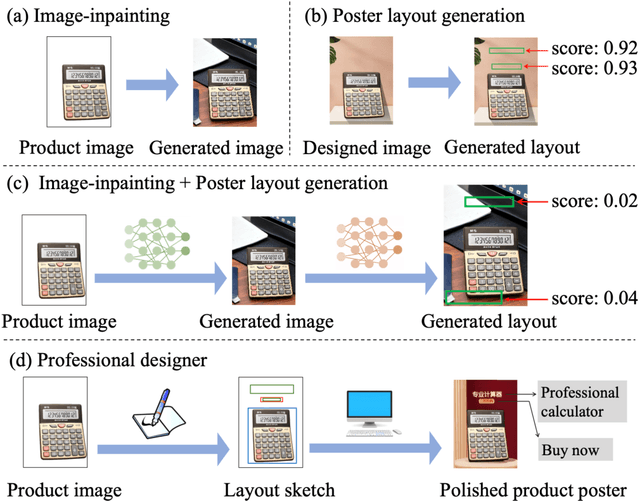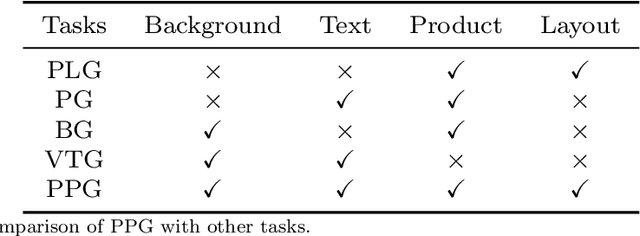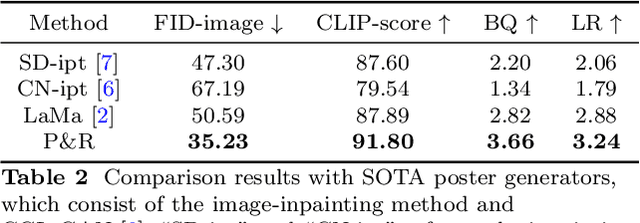Yaoyu Li
Learning Based MPC for Autonomous Driving Using a Low Dimensional Residual Model
Dec 05, 2024



Abstract:In this paper, a learning based Model Predictive Control (MPC) using a low dimensional residual model is proposed for autonomous driving. One of the critical challenge in autonomous driving is the complexity of vehicle dynamics, which impedes the formulation of accurate vehicle model. Inaccurate vehicle model can significantly impact the performance of MPC controller. To address this issue, this paper decomposes the nominal vehicle model into invariable and variable elements. The accuracy of invariable component is ensured by calibration, while the deviations in the variable elements are learned by a low-dimensional residual model. The features of residual model are selected as the physical variables most correlated with nominal model errors. Physical constraints among these features are formulated to explicitly define the valid region within the feature space. The formulated model and constraints are incorporated into the MPC framework and validated through both simulation and real vehicle experiments. The results indicate that the proposed method significantly enhances the model accuracy and controller performance.
Towards Reliable Advertising Image Generation Using Human Feedback
Aug 01, 2024



Abstract:In the e-commerce realm, compelling advertising images are pivotal for attracting customer attention. While generative models automate image generation, they often produce substandard images that may mislead customers and require significant labor costs to inspect. This paper delves into increasing the rate of available generated images. We first introduce a multi-modal Reliable Feedback Network (RFNet) to automatically inspect the generated images. Combining the RFNet into a recurrent process, Recurrent Generation, results in a higher number of available advertising images. To further enhance production efficiency, we fine-tune diffusion models with an innovative Consistent Condition regularization utilizing the feedback from RFNet (RFFT). This results in a remarkable increase in the available rate of generated images, reducing the number of attempts in Recurrent Generation, and providing a highly efficient production process without sacrificing visual appeal. We also construct a Reliable Feedback 1 Million (RF1M) dataset which comprises over one million generated advertising images annotated by human, which helps to train RFNet to accurately assess the availability of generated images and faithfully reflect the human feedback. Generally speaking, our approach offers a reliable solution for advertising image generation.
Generate E-commerce Product Background by Integrating Category Commonality and Personalized Style
Dec 20, 2023Abstract:The state-of-the-art methods for e-commerce product background generation suffer from the inefficiency of designing product-wise prompts when scaling up the production, as well as the ineffectiveness of describing fine-grained styles when customizing personalized backgrounds for some specific brands. To address these obstacles, we integrate the category commonality and personalized style into diffusion models. Concretely, we propose a Category-Wise Generator to enable large-scale background generation for the first time. A unique identifier in the prompt is assigned to each category, whose attention is located on the background by a mask-guided cross attention layer to learn the category-wise style. Furthermore, for products with specific and fine-grained requirements in layout, elements, etc, a Personality-Wise Generator is devised to learn such personalized style directly from a reference image to resolve textual ambiguities, and is trained in a self-supervised manner for more efficient training data usage. To advance research in this field, the first large-scale e-commerce product background generation dataset BG60k is constructed, which covers more than 60k product images from over 2k categories. Experiments demonstrate that our method could generate high-quality backgrounds for different categories, and maintain the personalized background style of reference images. The link to BG60k and codes will be available soon.
Planning and Rendering: Towards End-to-End Product Poster Generation
Dec 14, 2023



Abstract:End-to-end product poster generation significantly optimizes design efficiency and reduces production costs. Prevailing methods predominantly rely on image-inpainting methods to generate clean background images for given products. Subsequently, poster layout generation methods are employed to produce corresponding layout results. However, the background images may not be suitable for accommodating textual content due to their complexity, and the fixed location of products limits the diversity of layout results. To alleviate these issues, we propose a novel product poster generation framework named P\&R. The P\&R draws inspiration from the workflow of designers in creating posters, which consists of two stages: Planning and Rendering. At the planning stage, we propose a PlanNet to generate the layout of the product and other visual components considering both the appearance features of the product and semantic features of the text, which improves the diversity and rationality of the layouts. At the rendering stage, we propose a RenderNet to generate the background for the product while considering the generated layout, where a spatial fusion module is introduced to fuse the layout of different visual components. To foster the advancement of this field, we propose the first end-to-end product poster generation dataset PPG30k, comprising 30k exquisite product poster images along with comprehensive image and text annotations. Our method outperforms the state-of-the-art product poster generation methods on PPG30k. The PPG30k will be released soon.
RTQ: Rethinking Video-language Understanding Based on Image-text Model
Dec 01, 2023



Abstract:Recent advancements in video-language understanding have been established on the foundation of image-text models, resulting in promising outcomes due to the shared knowledge between images and videos. However, video-language understanding presents unique challenges due to the inclusion of highly complex semantic details, which result in information redundancy, temporal dependency, and scene complexity. Current techniques have only partially tackled these issues, and our quantitative analysis indicates that some of these methods are complementary. In light of this, we propose a novel framework called RTQ (Refine, Temporal model, and Query), which addresses these challenges simultaneously. The approach involves refining redundant information within frames, modeling temporal relations among frames, and querying task-specific information from the videos. Remarkably, our model demonstrates outstanding performance even in the absence of video-language pre-training, and the results are comparable with or superior to those achieved by state-of-the-art pre-training methods.
* Accepted by ACM MM 2023 as Oral representation
Mutual Query Network for Multi-Modal Product Image Segmentation
Jun 26, 2023



Abstract:Product image segmentation is vital in e-commerce. Most existing methods extract the product image foreground only based on the visual modality, making it difficult to distinguish irrelevant products. As product titles contain abundant appearance information and provide complementary cues for product image segmentation, we propose a mutual query network to segment products based on both visual and linguistic modalities. First, we design a language query vision module to obtain the response of language description in image areas, thus aligning the visual and linguistic representations across modalities. Then, a vision query language module utilizes the correlation between visual and linguistic modalities to filter the product title and effectively suppress the content irrelevant to the vision in the title. To promote the research in this field, we also construct a Multi-Modal Product Segmentation dataset (MMPS), which contains 30,000 images and corresponding titles. The proposed method significantly outperforms the state-of-the-art methods on MMPS.
Relation-Aware Diffusion Model for Controllable Poster Layout Generation
Jun 15, 2023Abstract:Poster layout is a crucial aspect of poster design. Prior methods primarily focus on the correlation between visual content and graphic elements. However, a pleasant layout should also consider the relationship between visual and textual contents and the relationship between elements. In this study, we introduce a relation-aware diffusion model for poster layout generation that incorporates these two relationships in the generation process. Firstly, we devise a visual-textual relation-aware module that aligns the visual and textual representations across modalities, thereby enhancing the layout's efficacy in conveying textual information. Subsequently, we propose a geometry relation-aware module that learns the geometry relationship between elements by comprehensively considering contextual information. Additionally, the proposed method can generate diverse layouts based on user constraints. To advance research in this field, we have constructed a poster layout dataset named CGL-Dataset V2. Our proposed method outperforms state-of-the-art methods on CGL-Dataset V2. The data and code will be available at https://github.com/liuan0803/RADM.
 Add to Chrome
Add to Chrome Add to Firefox
Add to Firefox Add to Edge
Add to Edge